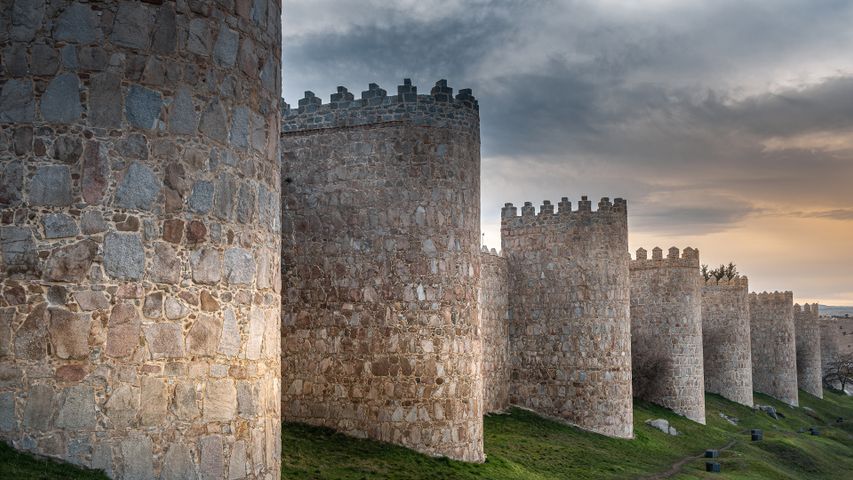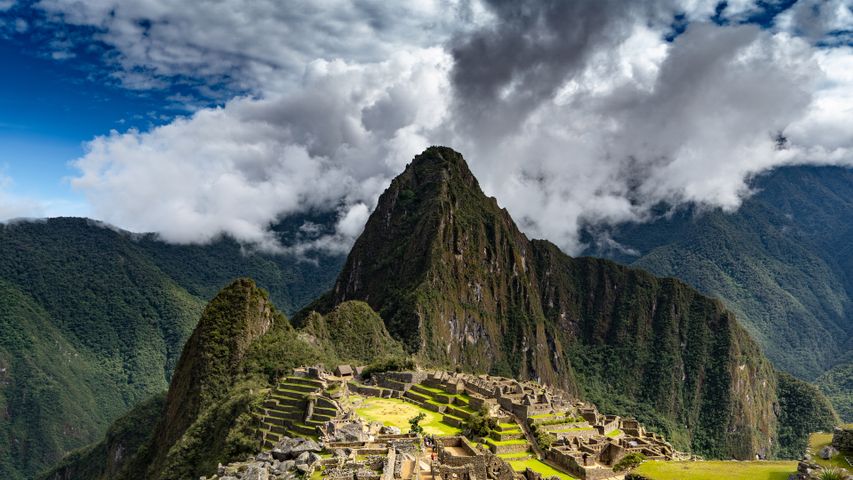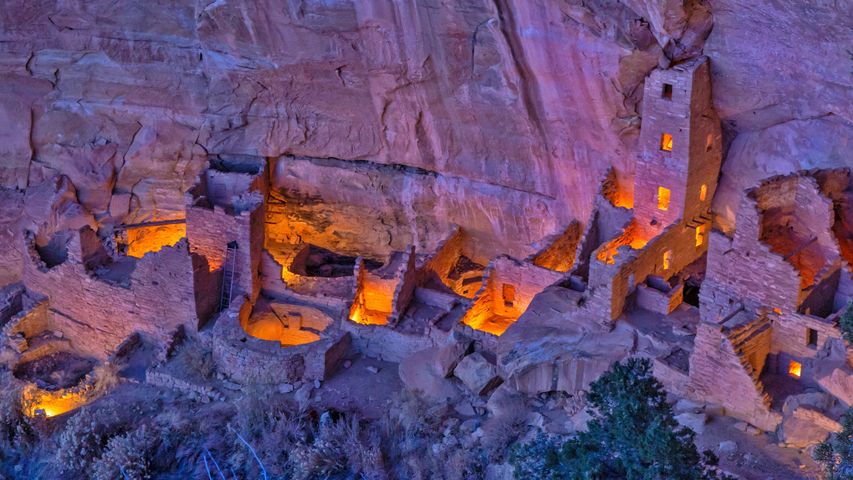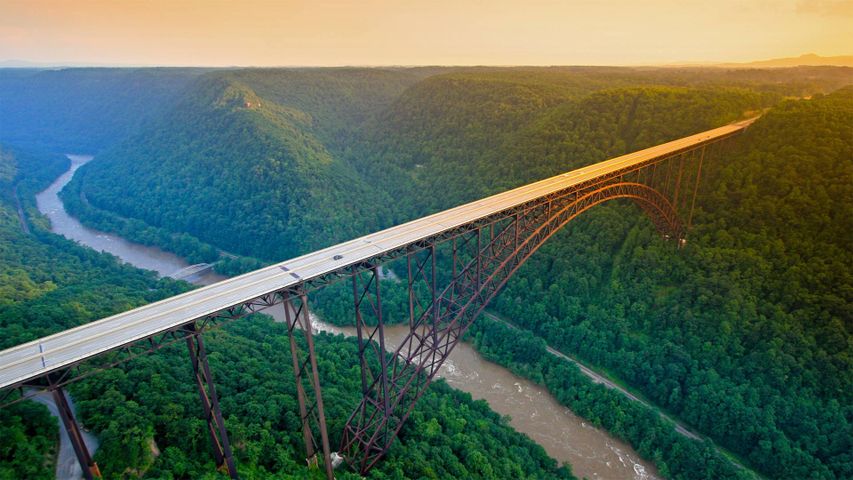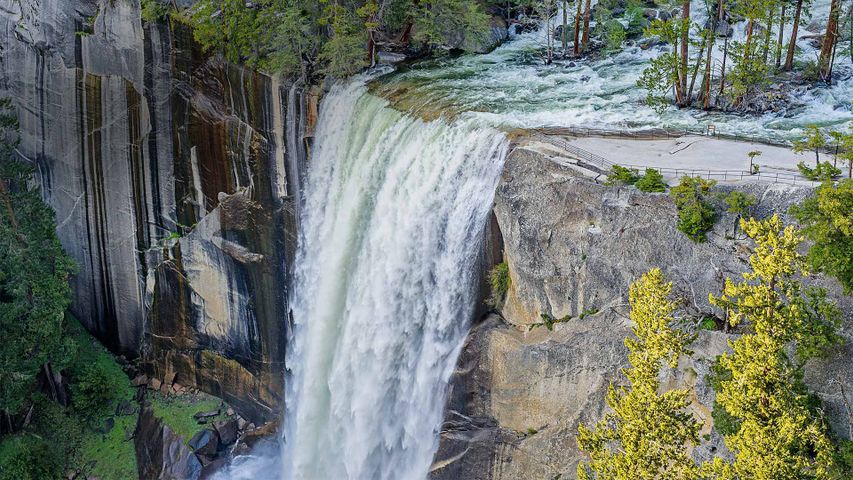Hot air balloons over Göreme Historical National Park in Cappadocia, Türkiye
© Anton Petrus/Getty Image
Celebrating history. International Day for Monuments and Sites
Imagine a world without the pyramids, the Great Wall or ancient cave cities—hard to picture, right? That's why April 18 is the International Day for Monuments and Sites, an event recognised by UNESCO dedicated to protecting cultural treasures worldwide. This day is all about celebrating our history, raising awareness about endangered sites and making sure future generations can enjoy them too. A remarkable example is Göreme Historical National Park in Cappadocia, Türkiye. It's famous for its 'fairy chimneys'—towering rock formations shaped by volcanic ash and erosion over thousands of years. People even carved homes, churches and entire underground cities into these soft rock formations, some dating back to the 4th century. Today, it's a UNESCO World Heritage Site, attracting visitors from around the world.
The United Kingdom and its British Overseas Territories are home to 35 UNESCO World Heritage Sites. Among these, one site—the Frontiers of the Roman Empire—is shared between England and Scotland. It encompasses three significant defensive walls spread across Europe. These fortifications—Hadrian's Wall, the Antonine Wall and Limes Germanicus. At its peak in the 2nd century AD, the Roman Limes marked the empire's vast expanse, stretching over 5,000 kilometres. Hadrian's Wall in the UK, spanning 118 kilometres, was erected around AD 122 on the command of Emperor Hadrian to define the northernmost border of Roman Britannia. Further north, the Antonine Wall in Scotland, measuring 60 kilometres, was constructed in AD 142 under Emperor Antoninus Pius to fortify Roman defences against northern tribes.
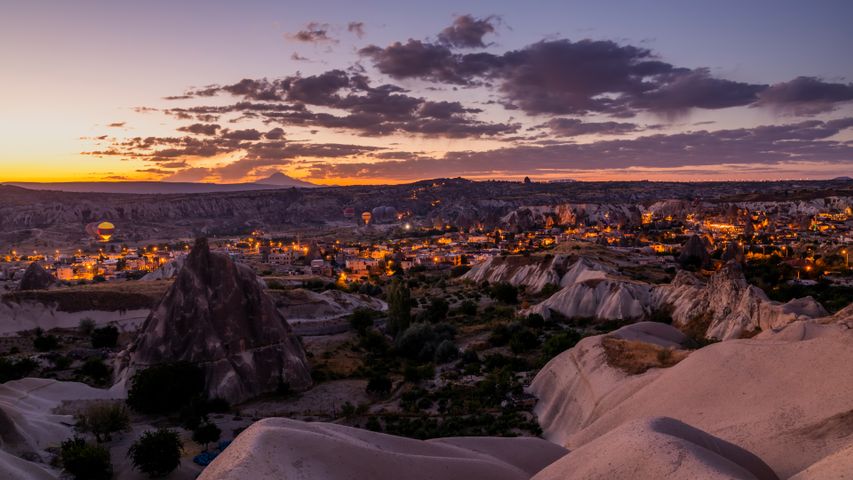
 Delicate Arch, Arches National Park, Utah
Delicate Arch, Arches National Park, Utah
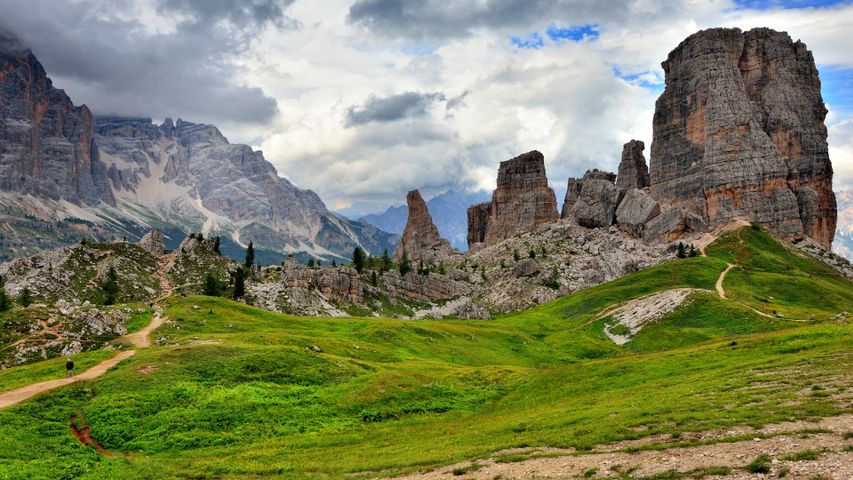 Cinque Torri, Dolomites, Italy
Cinque Torri, Dolomites, Italy
 Chisos Mountains, Big Bend National Park, Texas, United States
Chisos Mountains, Big Bend National Park, Texas, United States
 Jotunheimen National Park in Norway
Jotunheimen National Park in Norway
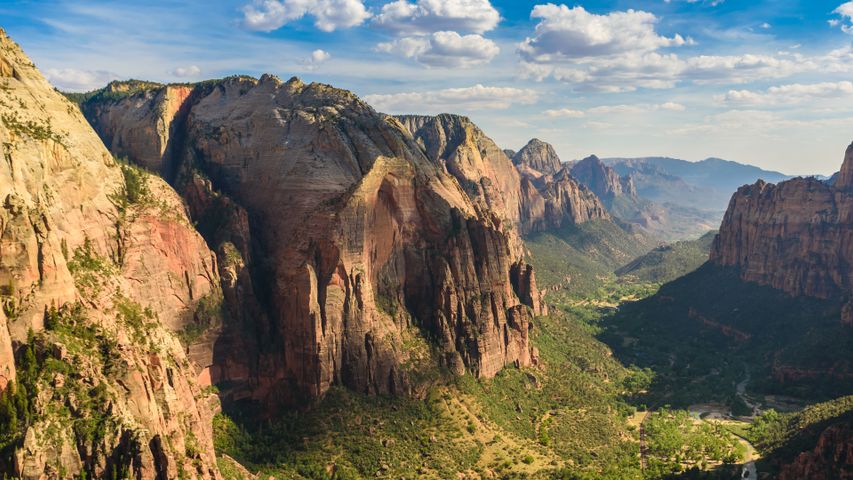 Zion National Park, Utah, United States
Zion National Park, Utah, United States
 Kachina Bridge, Natural Bridges National Monument, Utah, United States
Kachina Bridge, Natural Bridges National Monument, Utah, United States
 Sandstone formations in the badlands near Caineville, Utah, United States
Sandstone formations in the badlands near Caineville, Utah, United States
 Red rock formations, Sedona, Arizona, United States
Red rock formations, Sedona, Arizona, United States
